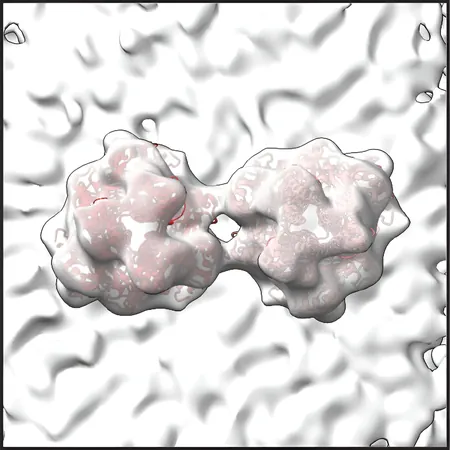
Unveiling RSV’s Secrets: High-Resolution Imaging Offers New Hope in the Battle Against a Stubborn Virus
2024-10-01
Researchers from the University of Wisconsin–Madison have made groundbreaking strides in understanding the respiratory syncytial virus (RSV), a formidable pathogen that remains a significant health threat, particularly for young children, the elderly, and individuals with underlying respiratory issues. The Centers for Disease Control and Prevention reports that RSV leads to hundreds of thousands of hospitalizations each year in the United States alone. The newly unveiled high-resolution images of RSV may provide critical insights that could pave the way for effective treatments.
Unlike more familiar respiratory illnesses such as influenza, treatment options for RSV are strikingly limited. Currently, prophylactic treatments exist primarily for young children, while vaccines are only approved for pregnant women and at-risk elderly populations. This scarcity of treatments highlights the urgent need for new strategies to combat the virus.
The challenge with RSV lies in its complex structure, which consists of flexible filament-like projections. This intricacy has hindered researchers' ability to pinpoint viable drug targets, including viral components that may be conserved across similar viruses. “Understanding the structural nuances of RSV is essential to identify potential avenues for drug development,” explains Elizabeth Wright, a biochemistry professor at UW–Madison.
The research team utilized an advanced imaging technique known as cryo-electron tomography (cryo-ET), which involves freezing viral particles at extremely low temperatures. This method effectively halts biological processes, allowing scientists to capture detailed images of the virus in various configurations, ultimately producing high-resolution 3D representations of its structures down to the atomic level.
Wright's team focused on two critical proteins: RSV M protein and RSV F protein. The RSV M protein plays a pivotal role in maintaining the virus's filamentous structure and coordinating interactions with other viral proteins, including the RSV F protein. The F protein is essential for the virus’s entry into host cells, as it engages with cellular receptors to trigger infection. Remarkably, the researchers found that in RSV, two F proteins can bind together to form a more stable unit, potentially preventing premature infection of the host cell.
“These findings enhance our understanding of how these proteins regulate the assembly and infectivity of viral particles,” states Wright. This research could ultimately guide the development of novel antivirals or vaccines to combat RSV, significantly reducing the burden of this viral infection on the healthcare system.
With RSV cases surging every winter, the implications of this study could not be more timely. As scientists delve deeper into the structural characteristics of RSV, the dream of effective treatments and preventative measures draws closer, promising hope for millions at risk for severe illness. In a world still grappling with respiratory illnesses, such innovations could change the narrative surrounding RSV and its relentless impact. Stay tuned as researchers continue to uncover more about this tenacious virus!









 Brasil (PT)
Brasil (PT)
 Canada (EN)
Canada (EN)
 Chile (ES)
Chile (ES)
 España (ES)
España (ES)
 France (FR)
France (FR)
 Hong Kong (EN)
Hong Kong (EN)
 Italia (IT)
Italia (IT)
 日本 (JA)
日本 (JA)
 Magyarország (HU)
Magyarország (HU)
 Norge (NO)
Norge (NO)
 Polska (PL)
Polska (PL)
 Schweiz (DE)
Schweiz (DE)
 Singapore (EN)
Singapore (EN)
 Sverige (SV)
Sverige (SV)
 Suomi (FI)
Suomi (FI)
 Türkiye (TR)
Türkiye (TR)